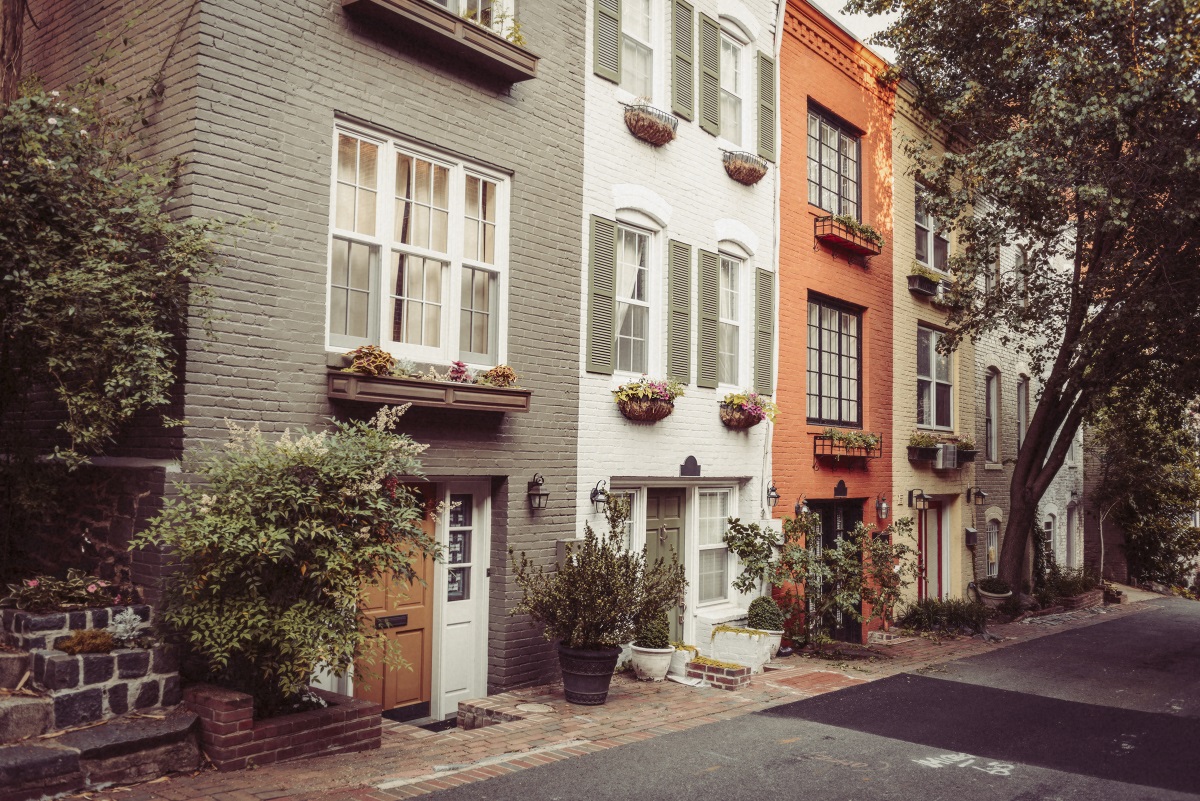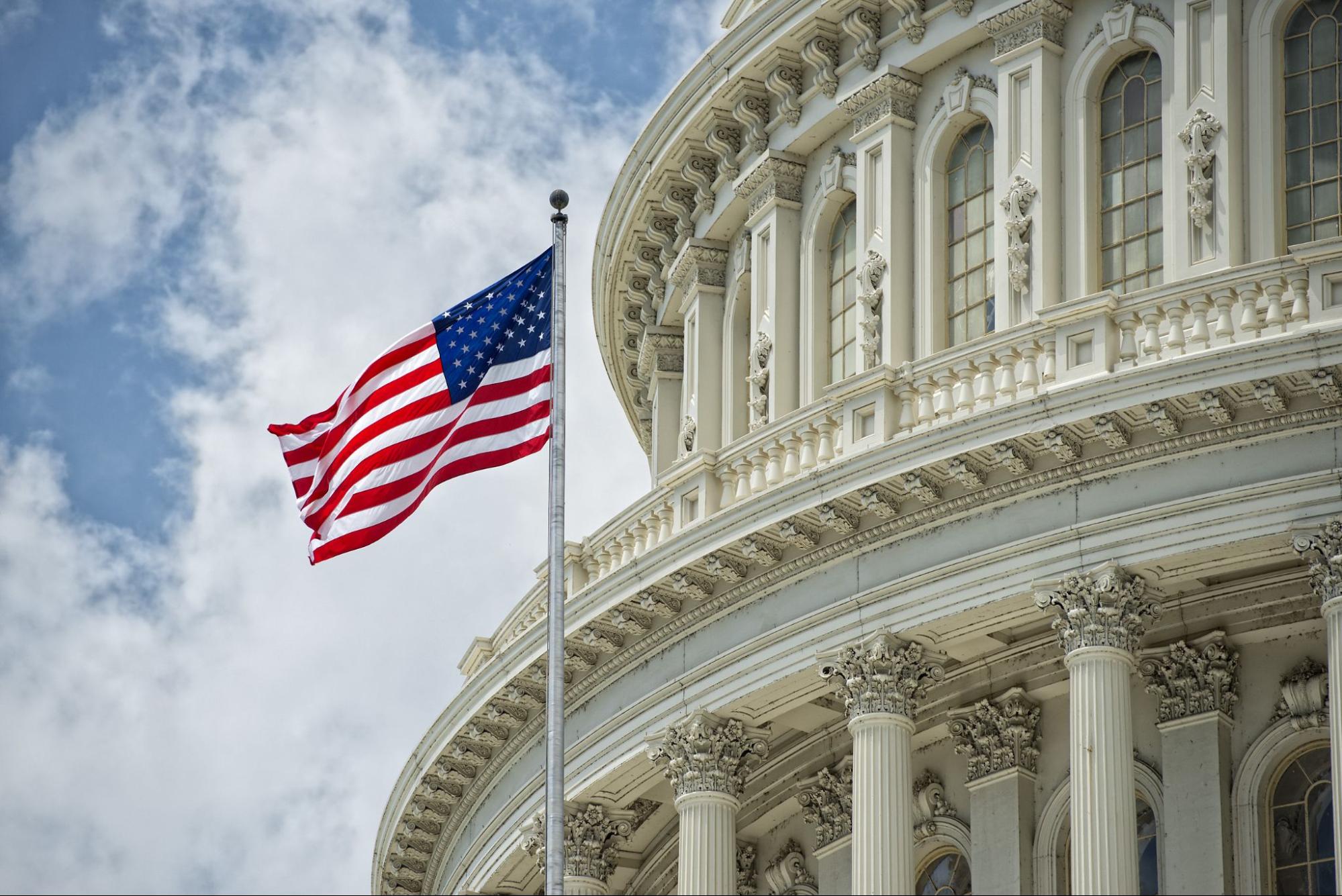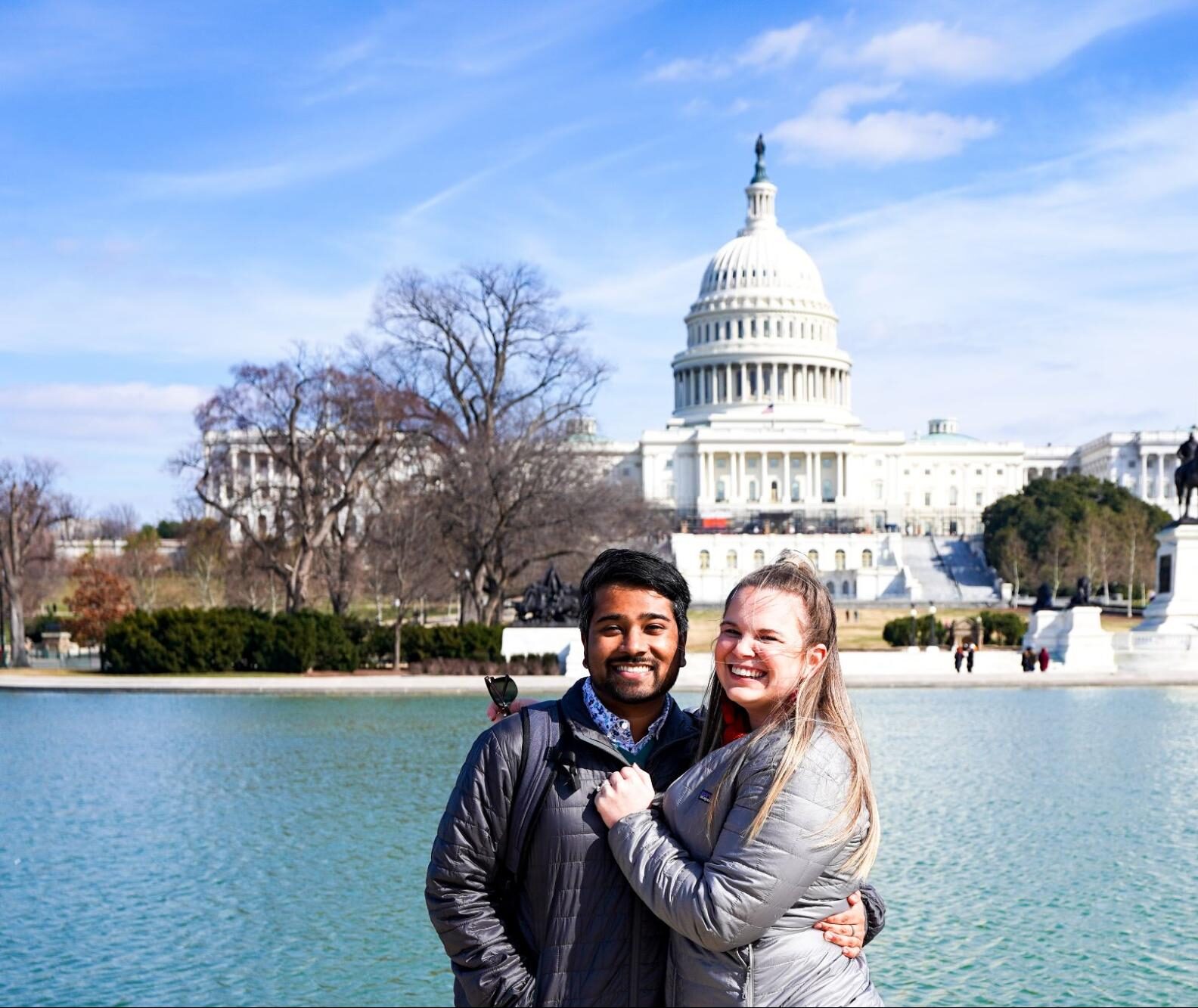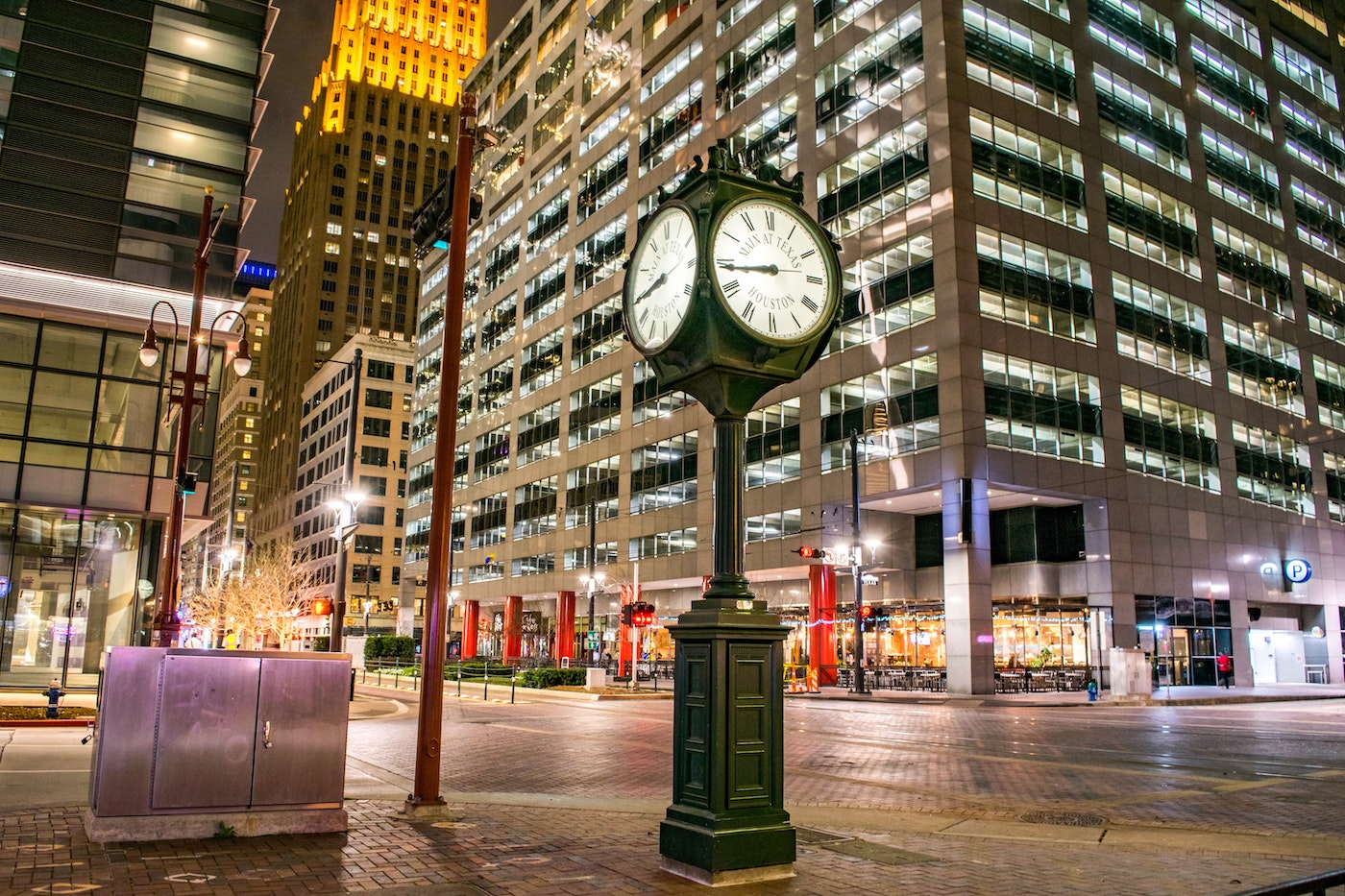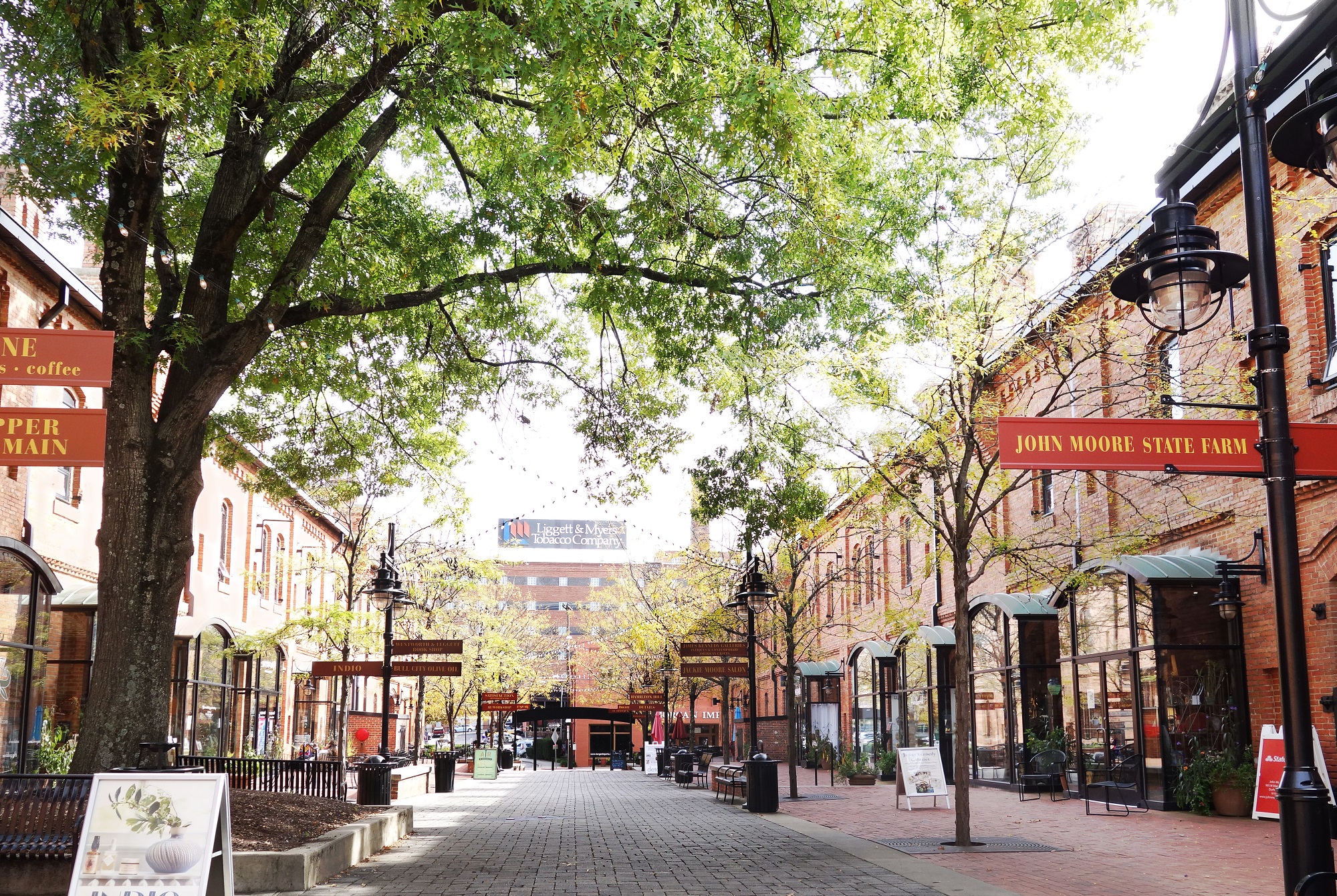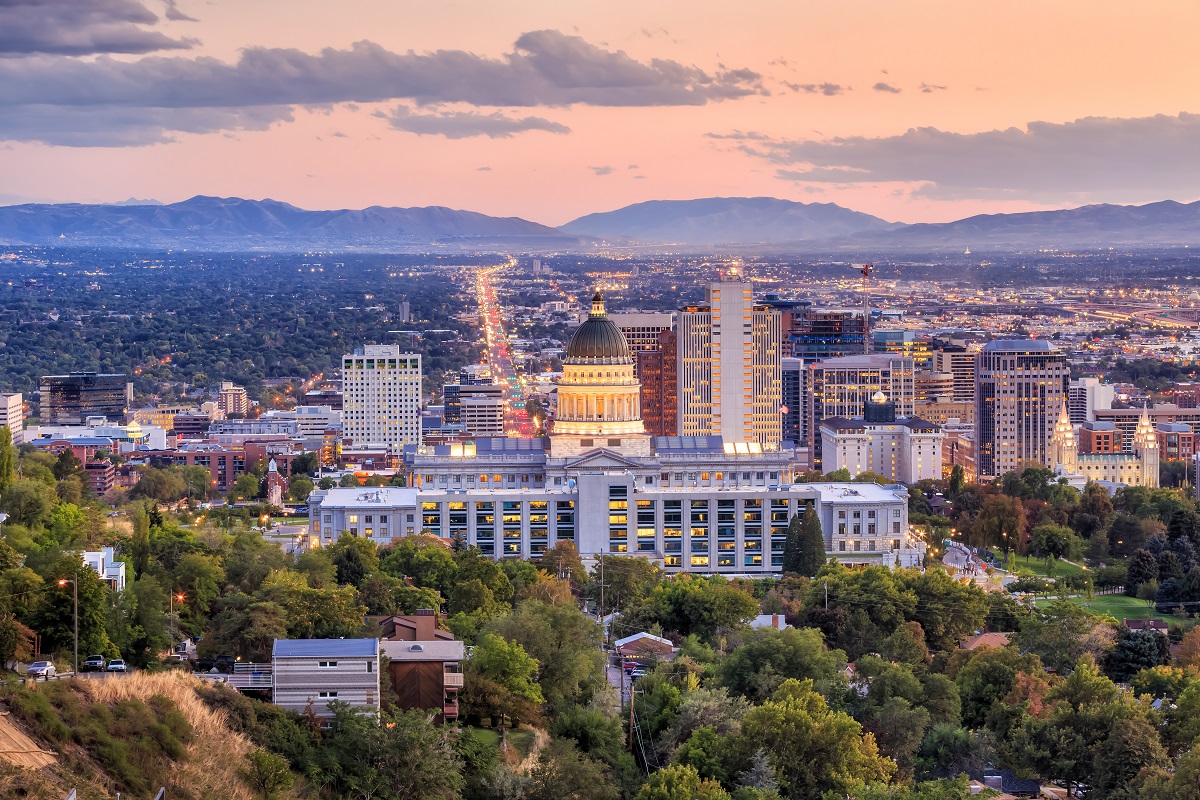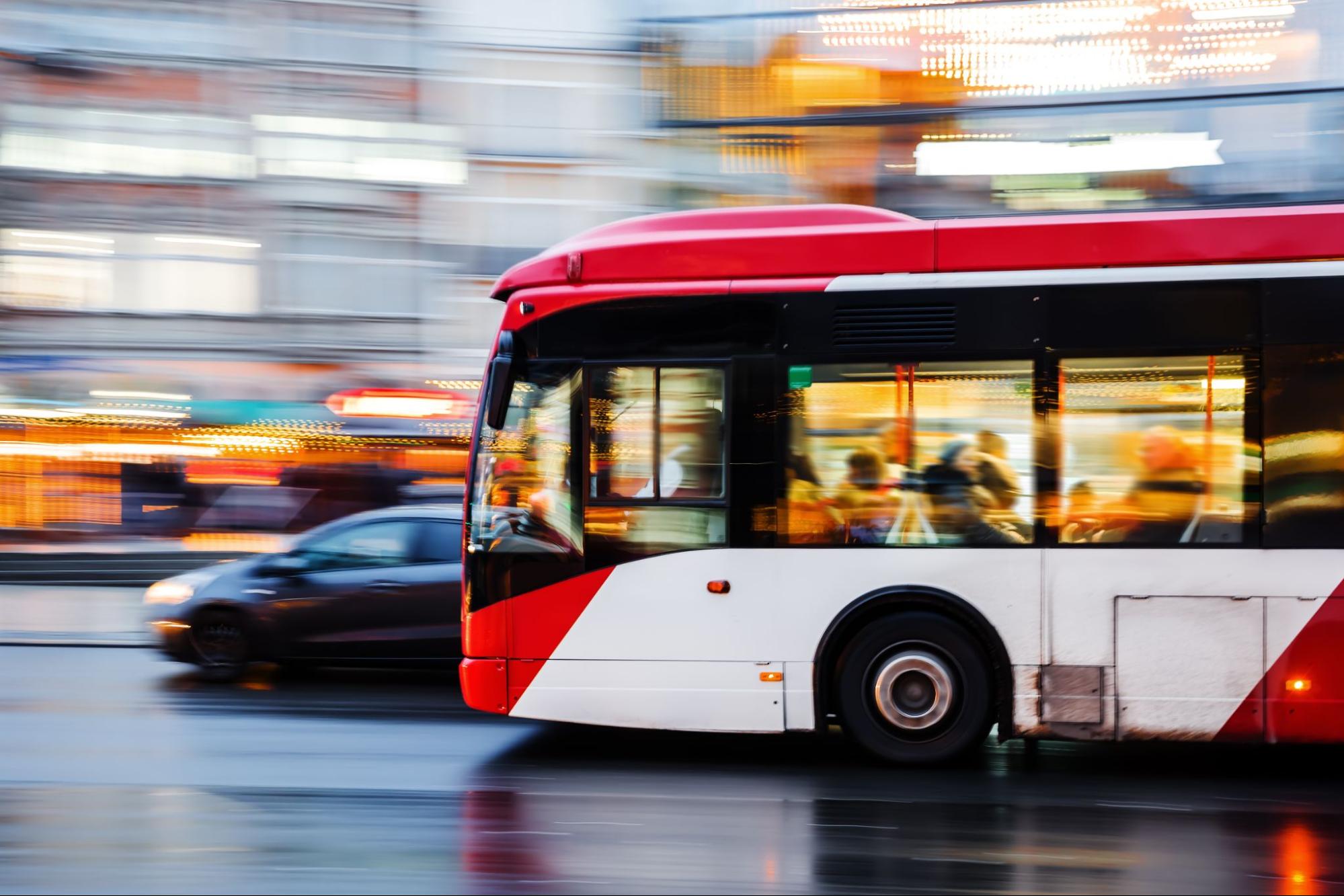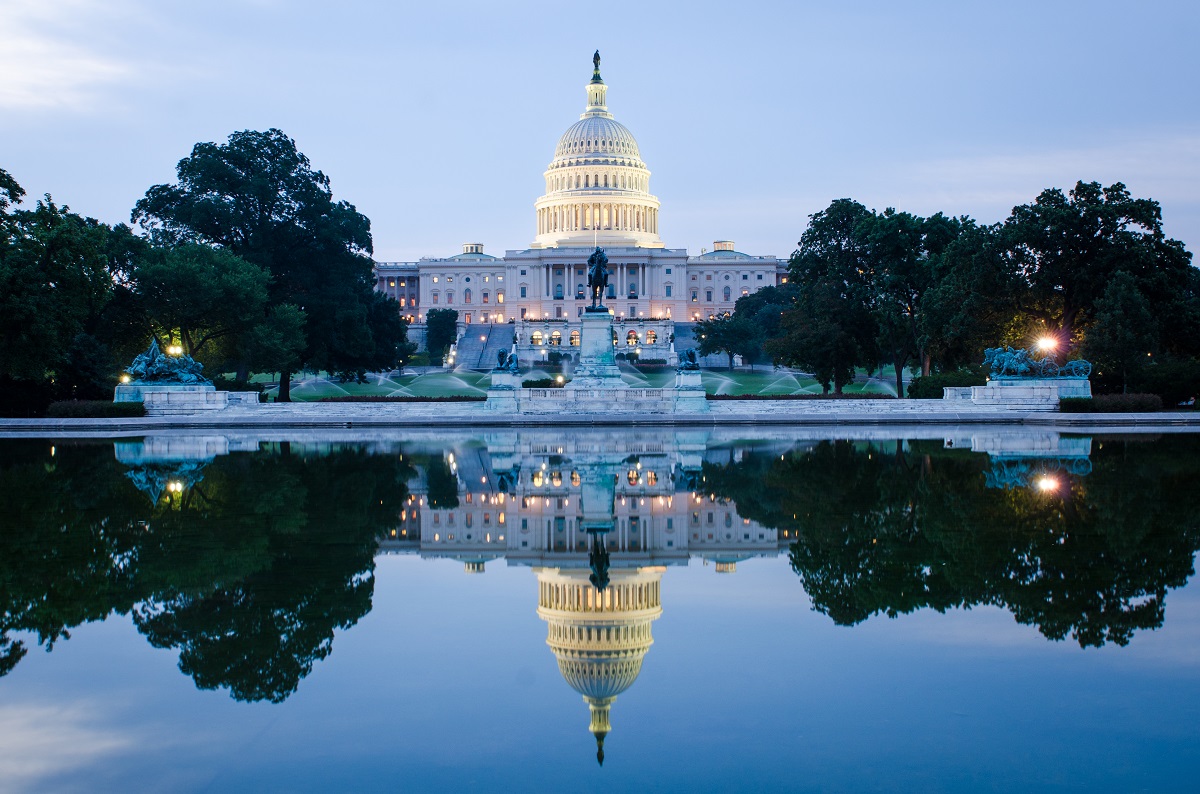
Your Guide to Moving to Washington, D.C.
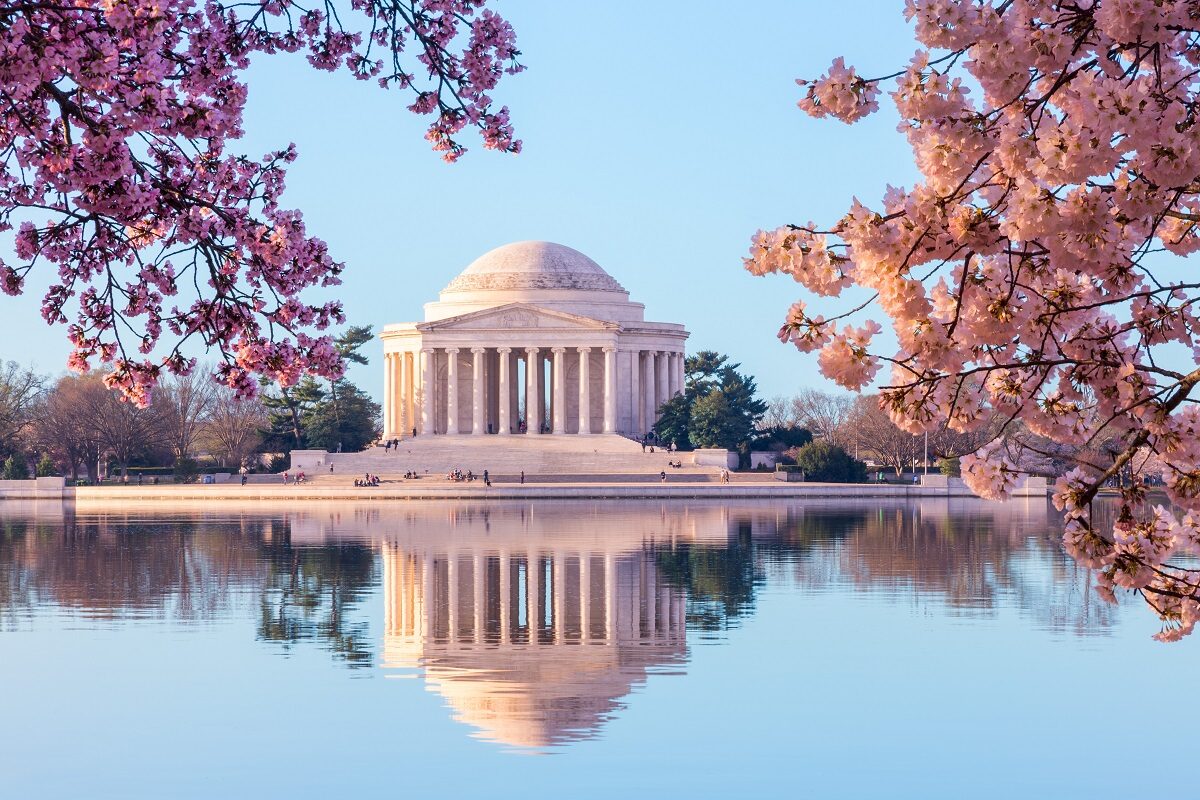
Washington, D.C. is a treasure trove of historical landmarks, political happenings, and diverse cultural relevance. Whether you’re looking to move to the nation’s capital permanently or for just a few months, there’s a lot to think about.
With that in mind, here are some of the factors to consider when planning your move to Washington, D.C., including:
- History
- Weather
- Demographics
- Transportation
- Cost of living
Let’s get started!
History of Washington, D.C.
Look, no one’s going to stop you at the city limits and give you a quiz about the history of D.C. before you enter. That doesn’t mean you shouldn’t know anything about the city before you get there. After all, D.C. is a city steeped in American history, and it’s more fun if you know about the history of a place—it makes discovering the present so much richer!
So, before we get into some of the other considerations you may have when moving to D.C., let’s go over some of Washington, D.C.’s long history:
- Washington, D.C. is the capital city of the United States. It is located between Virginia and Maryland on the banks of the Potomac River.
- D.C. was founded on July 16, 1790. It was established by the Constitution as the nation’s capital. The site was chosen and named after George Washington, and its location was the result of a compromise between Alexander Hamilton and Thomas Jefferson.
- D.C. stands for District of Columbia, which is named after the goddess Columbia (the personified goddess of the United States).
- During the War of 1812, British troops set fire to the White House, the Capitol, and several other federal buildings.
- Since D.C. is not an official US state, its residents do not have official representation in the national legislature.
Weather
Now that you know a little more about the city, it’s time to get down to the nitty-gritty. First up? Packing! When considering what to pack when moving to Washington, D.C., you’ll have to factor in D.C.’s weather.
If you’re from a sunny locale like Los Angeles, you’d better familiarize yourself with the concept of seasons. D.C., being an East Coast city, has weather that varies greatly from season to season. Here are a few key climate factors to consider before your move:
- Precipitation: Rain can fall year-round in D.C. On average, you’ll see around a 30% chance of rain during any given time period. Most rainfalls occur in the summer, with a peak likelihood of about 40% in June. However, in October, the likelihood of precipitation drops to 20%. Locals will also experience snowfall between November and March.
- Temperature: Temperatures change greatly depending on the season. The lowest temperatures occur in January, when below-freezing measurements are recorded. The highest temperatures will be seen in late July, when highs will reach upward of 90 degrees.
- Humidity: Humidity in D.C. is also seasonal. Most of the year will not be overly humid, but the summer months bring higher levels of mugginess to contend with, especially in July and August.
Demographics
Washington, D.C. ranks as one of the most diverse populations in the United States, which is evident in the distinct cuisines, festivals, exhibits, and holiday celebrations featured within the district limits.
To understand the district’s diversification, take a look at a quick rundown of the area’s makeup:
- Population: As of 2019, the population of D.C. was estimated at 705,749 people.
- Age and sex: While D.C. is home to many young professionals, it is also the home to a number of families. It also has slightly more female residents than males (52%).
- Racial breakdown: D.C. is a diverse city with many races represented and an especially large Black community. The estimated breakdown is:
- Black: 46%
- White, non-Hispanic or Latino: 37.5%
- Hispanic or Latino: 11.3%
- Asian: 4.5%
- Education: Home to multiple universities (including Georgetown University and George Washington University), D.C.’s population tends to be well educated. Over 90% have high school degrees or higher, and 58.5% have a bachelor’s degree or higher.
- Income: As is true in many cities, D.C. is home to people on both sides of the economic spectrum. While the median household income in the city is high, at $86,420, the percentage of people struggling under conditions of poverty is around 13.5%
Transportation
While you can get around areas in D.C. on foot or by bicycle, it is a large metropolitan area that will require you to find public transportation if you’re commuting from one area of the city to another, especially during rush hour.
If you’re planning on driving around the city, be warned: Washington, D.C. has the third-worst traffic in the nation, behind only Los Angeles and San Francisco. Based on figures from 2017, commuters in the D.C. area could expect to spend near 102 hours a year in traffic delays.
With the traffic situation rather dire (especially downtown), perhaps you’d rather opt for public transportation. Thankfully, D.C. has many public transit options to help you make your way around the city and surrounding areas:
- Bus: There are numerous bus options to get you around the city or to surrounding neighborhoods from downtown, including DC Circular. which can take you from Georgetown to Capitol Hill. A ride on a Metro bus costs $2, and you can get a monthly unlimited Metro pass for up to $216 a month.
- Train: If you’re looking for public transit outside of the city and in the suburbs, Amtrak has you covered. However, the Metrorail service can take you throughout the city on 10 main Metro routes. You can get a ticket to the Metro for $2.25 to $6.00, with costs lowering during off-peak hours.
- Water taxi: If you’re looking to ferry yourself from The Wharf to Georgetown, Old Town Alexandria, or National Harbor, hop aboard the Potomac Water Taxi. There are also sightseeing experiences in which you can view the Washington monument and other D.C. monuments by water to get acquainted with your new city.
- Rideshare: Opt for a rideshare option like Lyft or Uber to haul you from your apartment to your dinnertime destination. You can summon a ride with a click of a button.
Cost of living
Living in Washington, D.C. isn’t cheap, though it can vary depending on the area where you’re living. As with many other major U.S. cities, your No. 1 expense will be housing. Beyond that, while D.C. has plenty of restaurants, bars, entertainment venues, and other fun things to do where you can spend luxuriously, it’s also possible to live on a reasonable budget if you plan ahead.
- Rent: Rent is probably going to be your biggest cost of living in Washington, D.C. While you can mitigate this by living with roommates or looking at areas outside the city in the suburbs, take a look at the average prices for two-bedroom apartments in the best neighborhoods in Washington, D.C. to give you an idea of what to expect:
- Foggy Bottom and the West End: $4,867 per month
- Adams Morgan: $3,605 per month
- Cleveland Park: $2,930 per month
- Washington Highlands: $1,097 per month
- Average throughout the city: $3,158 per month
Other D.C. neighborhoods you might also want to check are Dupont Circle, Chevy Chase, and Logan Circle.
- Utilities: While utilities do run slightly higher in D.C. than they do across the country, it won’t elevate your cost of living too much. To that end, the average energy costs per month in D.C. are around $186.
- Food: You gotta eat, right? Washington, D.C. has plenty of hip, trendy restaurants where you can spend your earnings on the hottest new dishes. But it also has reasonably priced neighborhood spots for when you’re working on a budget.
As far as groceries go, D.C. has several different markets, some local and some national, for you to choose from. Overall, groceries in D.C. tend to be about 16% more expensive than in other areas of the country. - Healthcare: With many top-tier medical facilities in the city, you might expect healthcare costs in D.C. to be through the roof. Thankfully, that isn’t the case. D.C. is actually lower than the national average when it comes to healthcare costs.
- Taxes: Since D.C. isn’t a state itself, the district is subject to its own rules for sales and income tax. The income tax in D.C. falls into five brackets depending on how much you make. The sales tax is as follows:
- General sales: 5.75%
- Alcohol: 10%
- Commercial parking: 18%
Tips From a Landing Member

“You will never run out of free things to do in Washington, D.C.! In our three months living with Landing in Washington, D.C., my husband Ivan and I stuffed ourselves with incredible food, witnessed the Cherry Blossom Festival, and enjoyed so many free things, from museums to the zoo to the Olympic sport of curling.”
— Madison Liston Gomes, “Our Favorite Restaurants and Free Activities in Washington, D.C.”
Experience D.C. with Landing
Washington, D.C. is an eclectic city that offers a rich past and present. To experience it yourself, there’s no better way than through a short-term apartment with Landing.
So, ready your packing supplies and moving boxes, we’ll make it easy for you to move in and move out with our flexible, furnished rentals in D.C. That means you can truly get a sense of the city without having to worry about entering into a long-term lease or paying broker’s fees. Experience our nation’s capital the right way with Landing.

